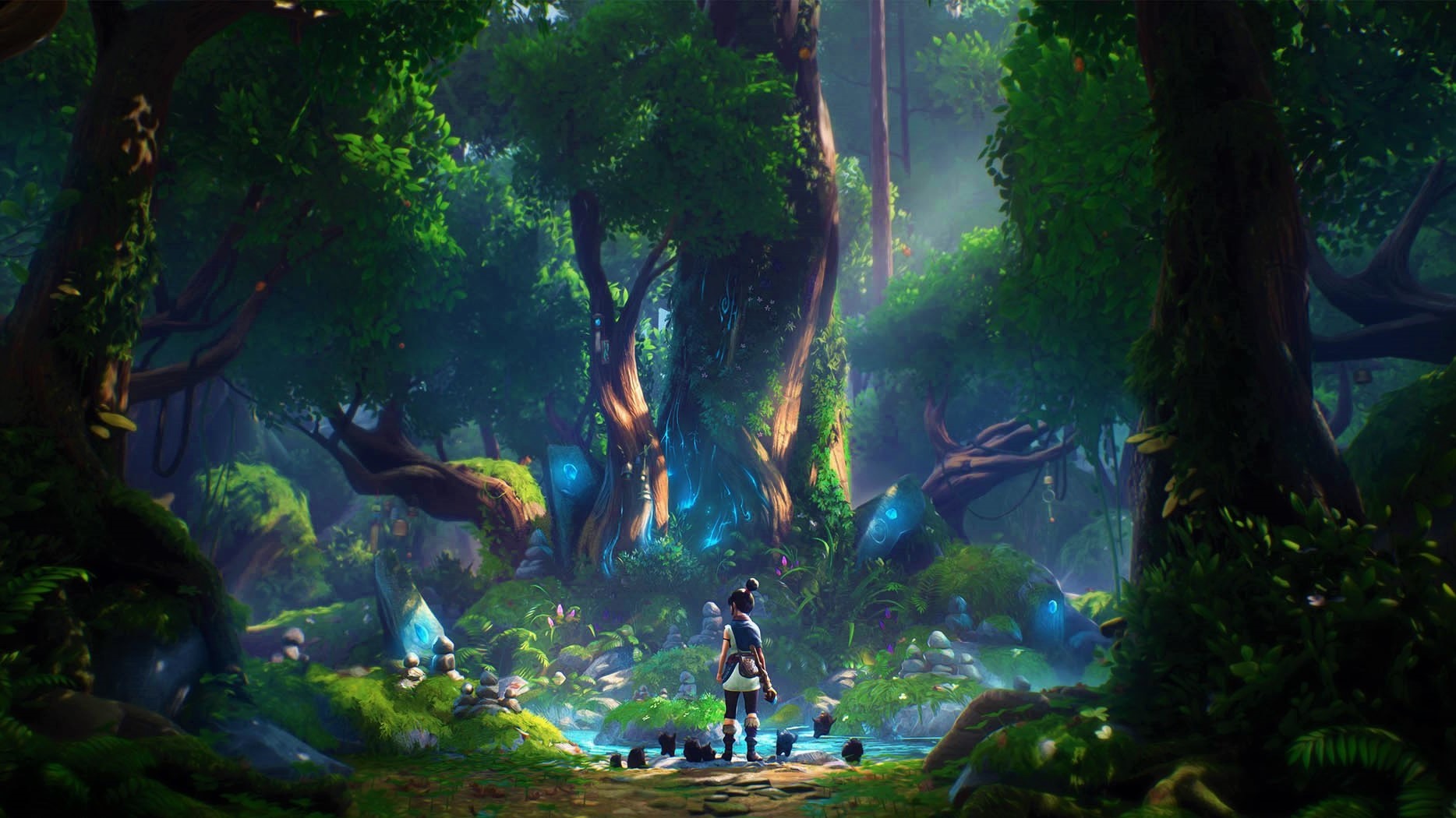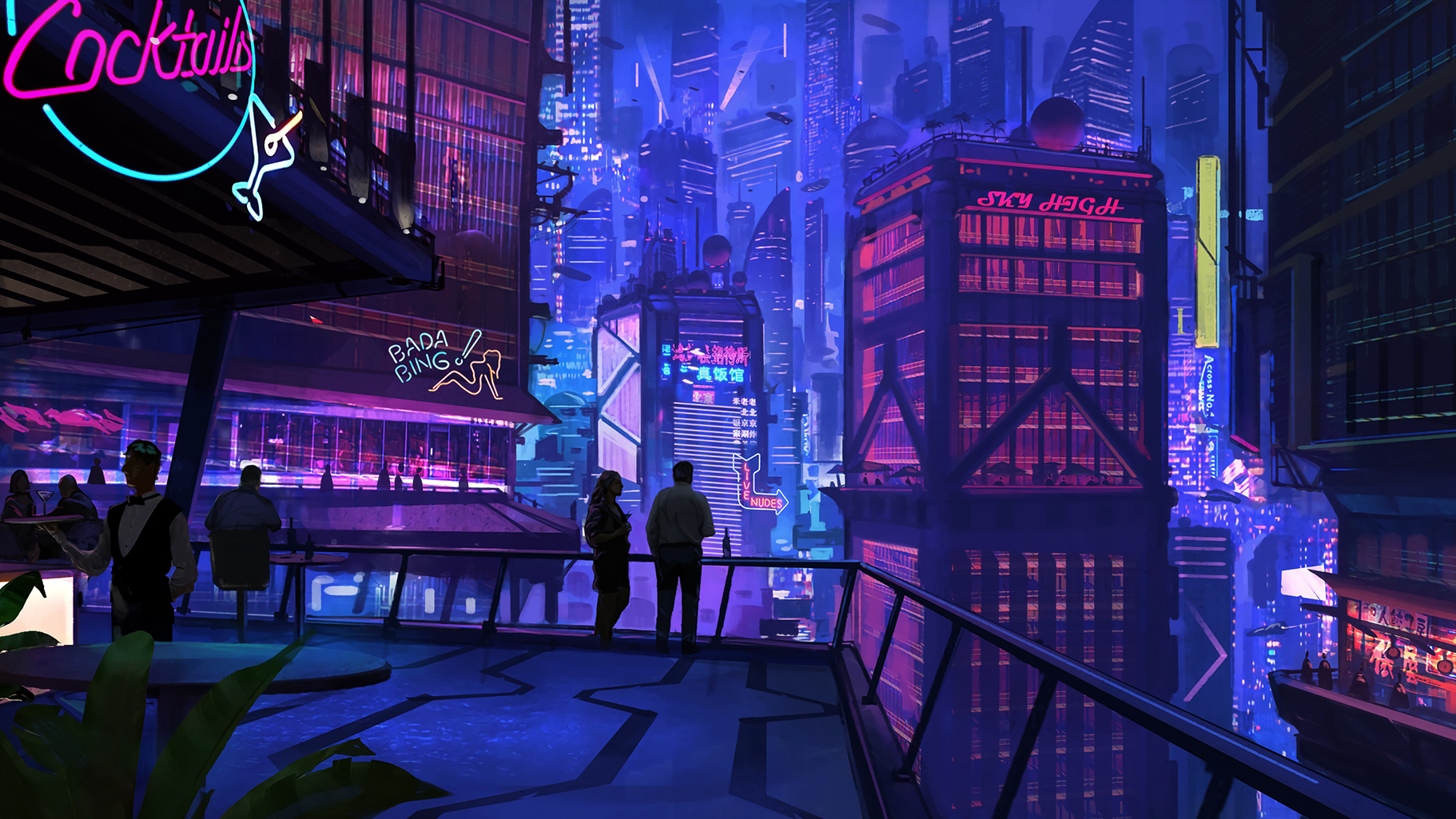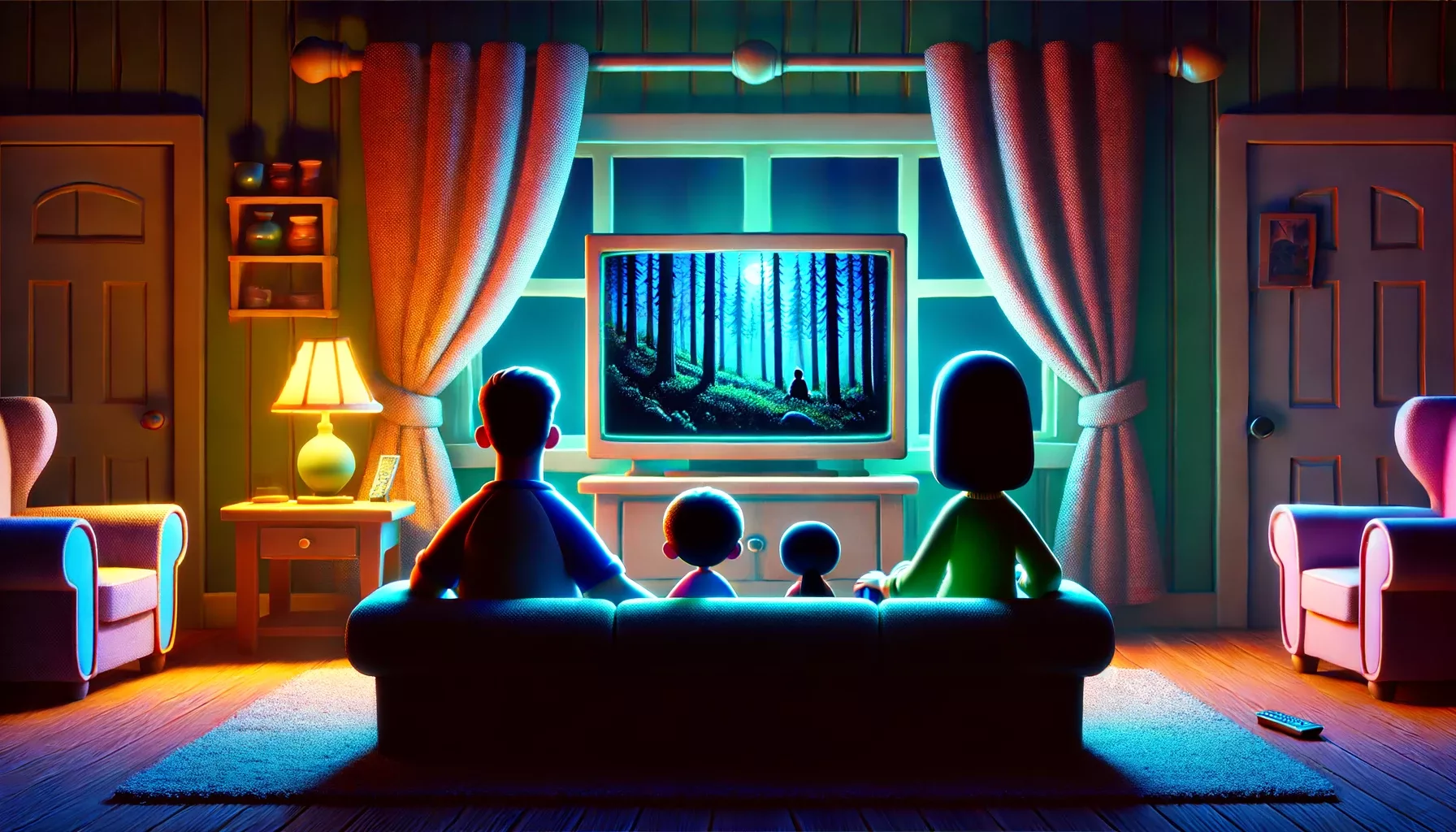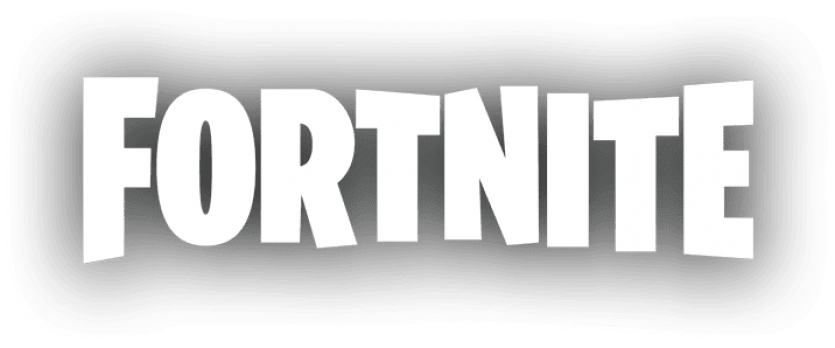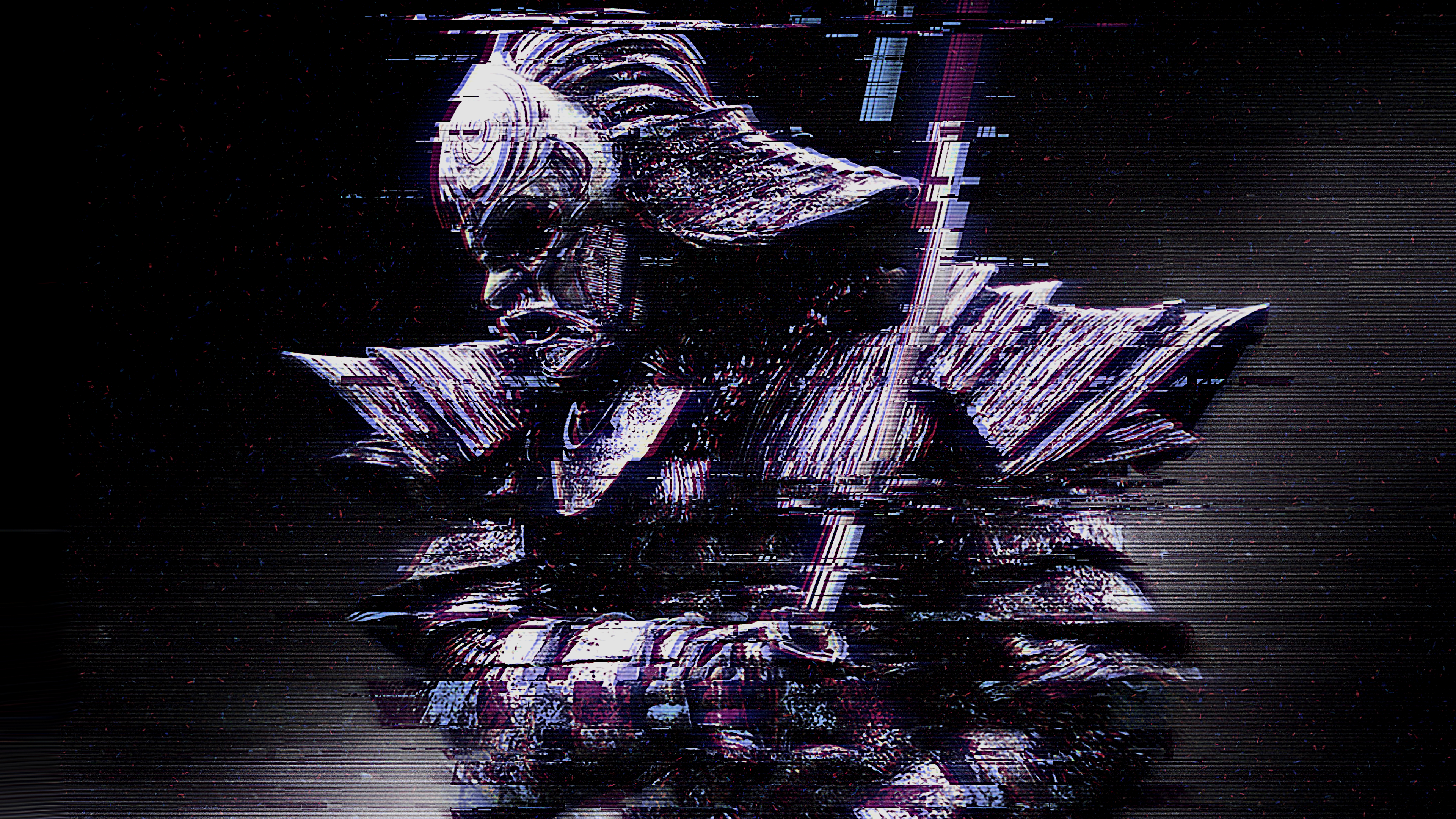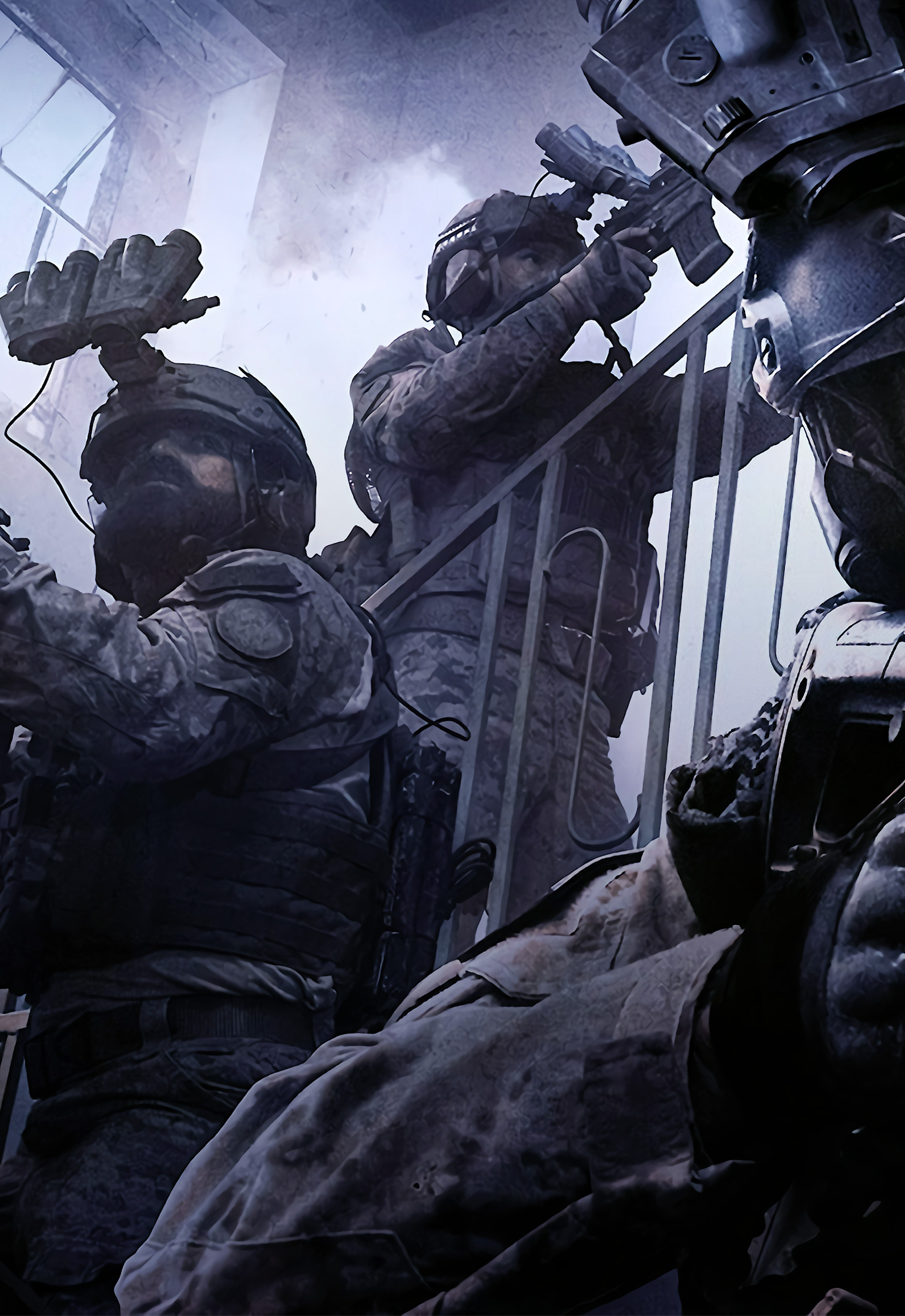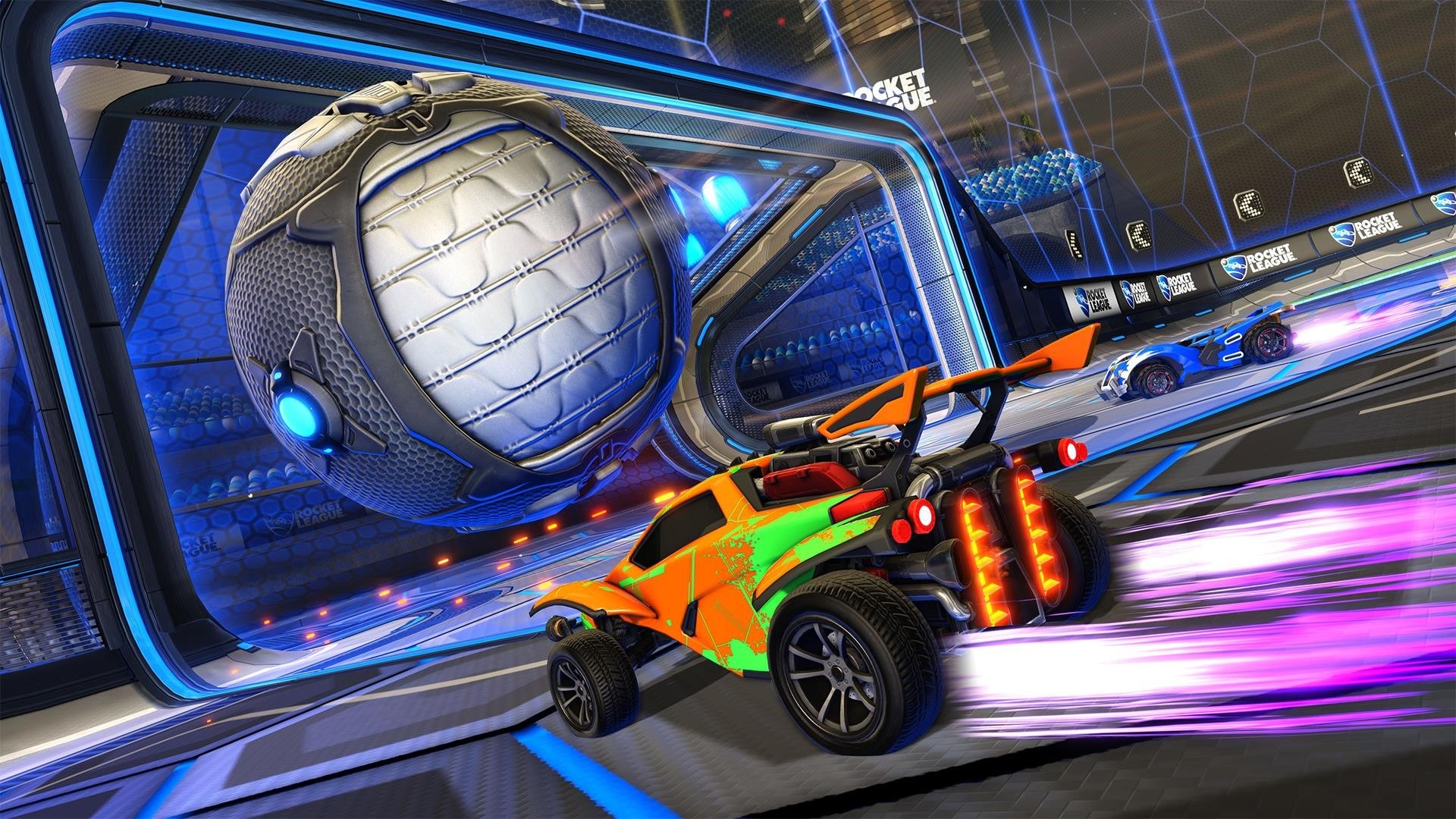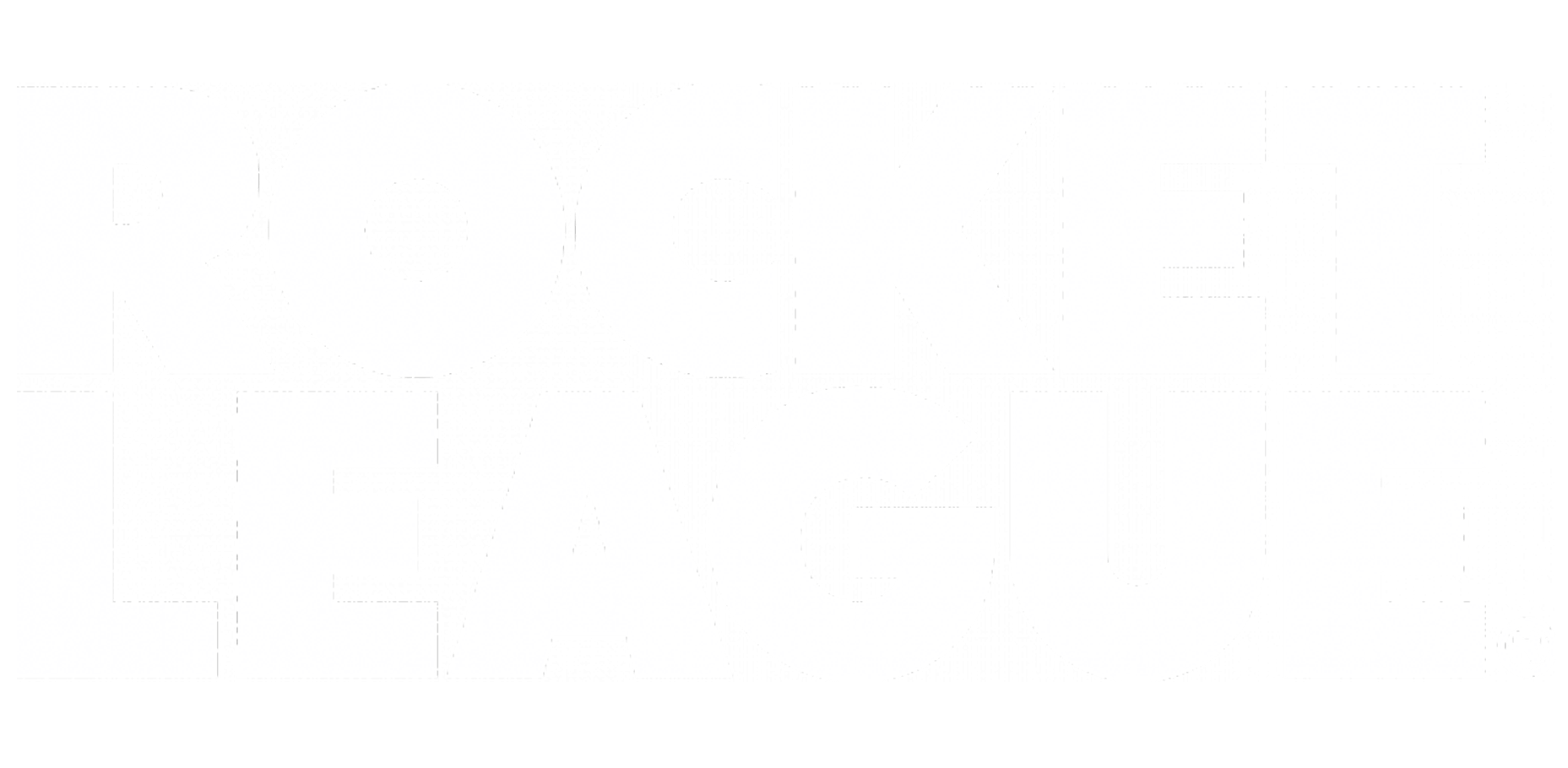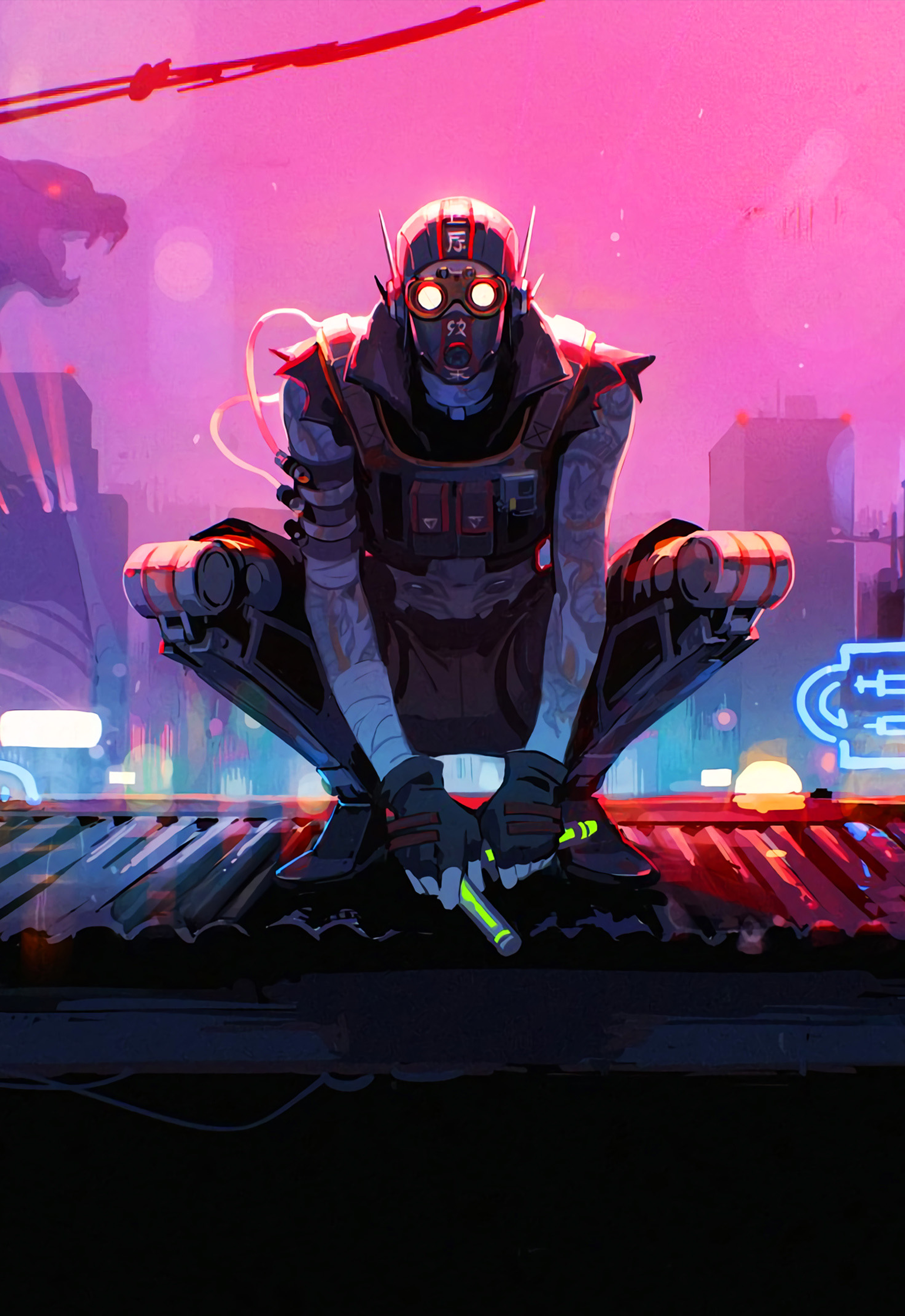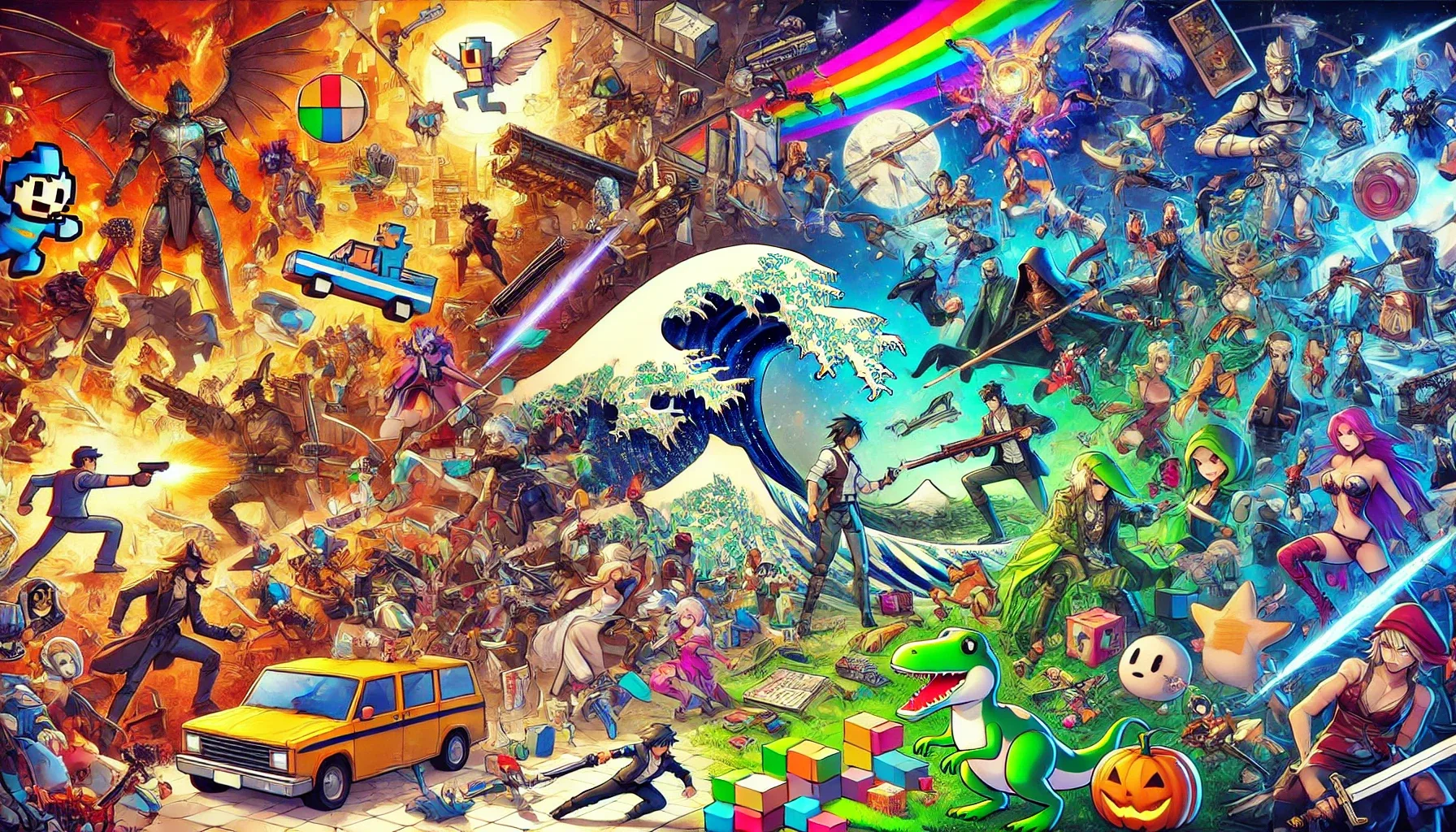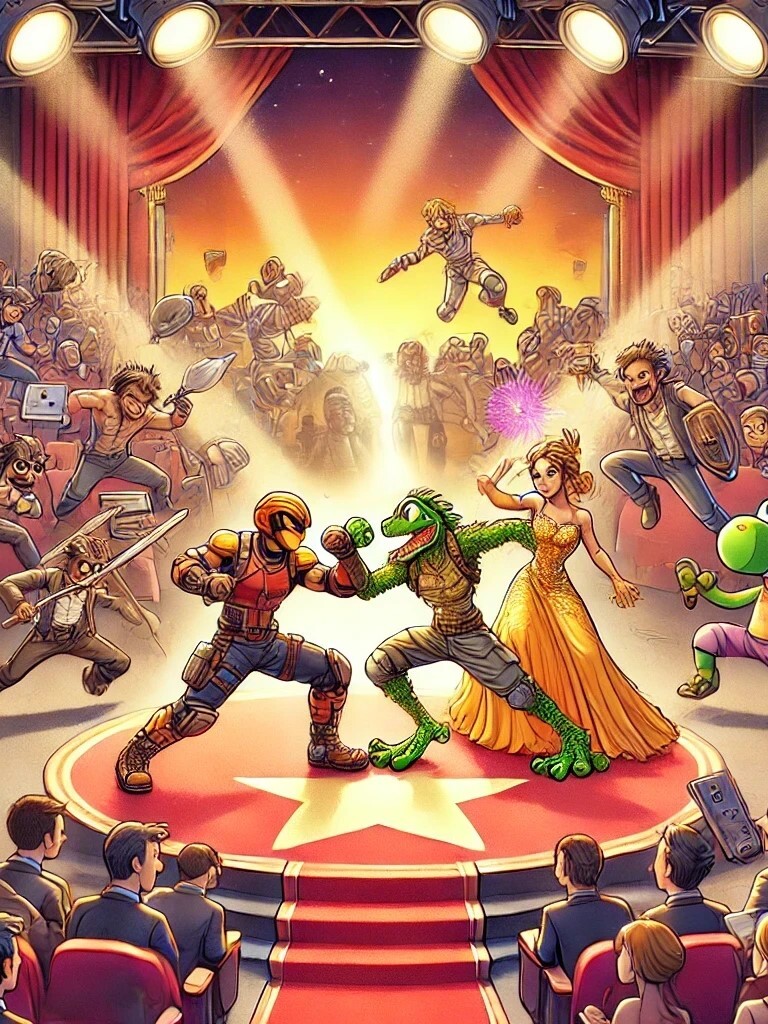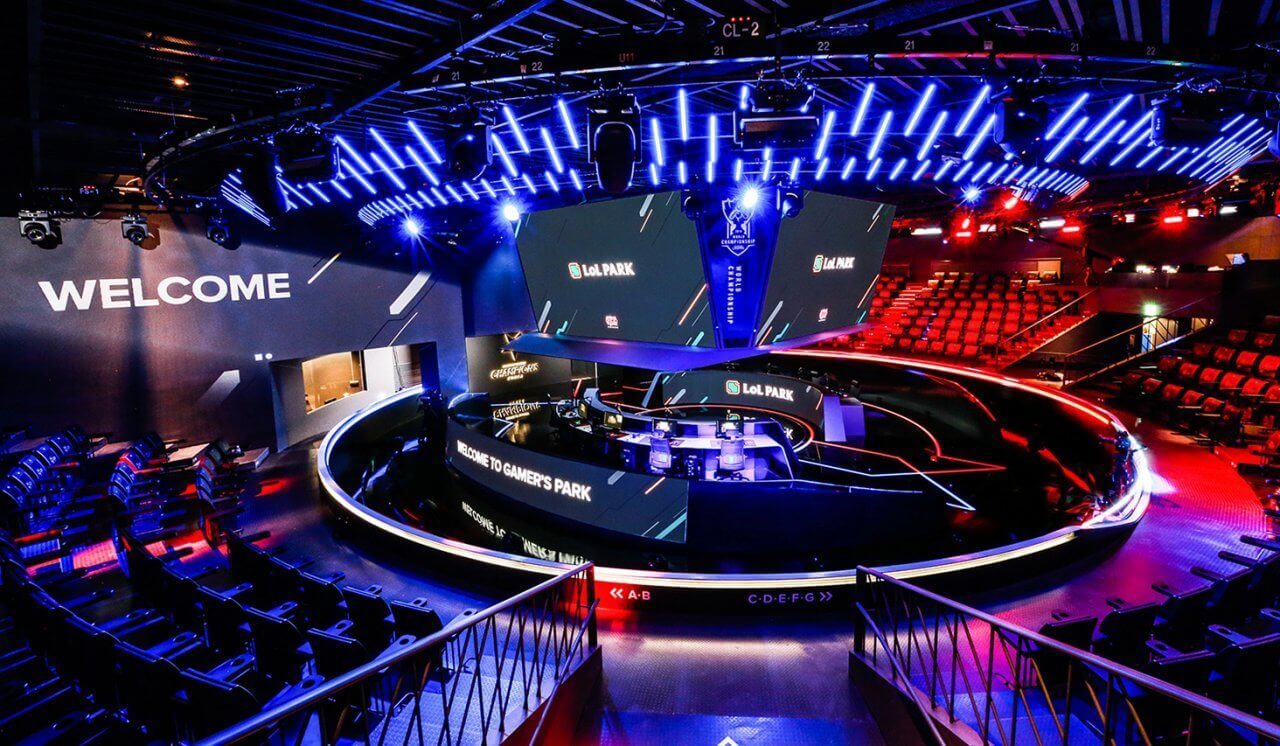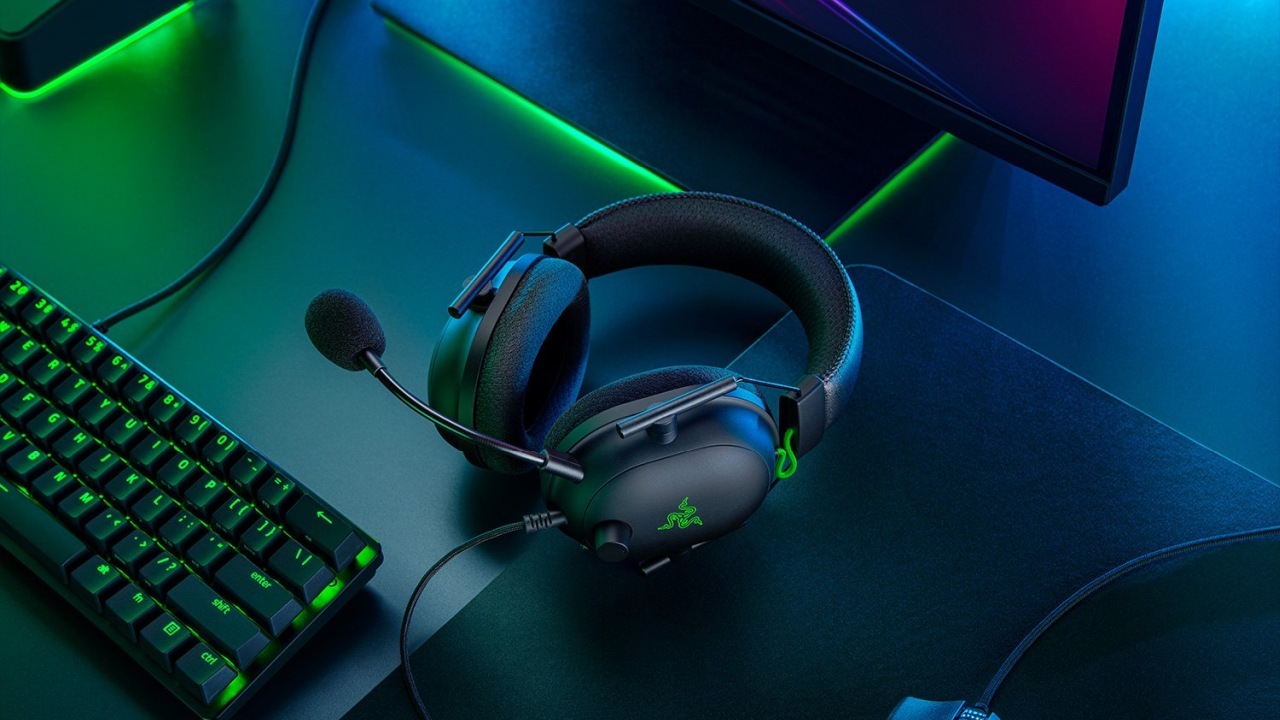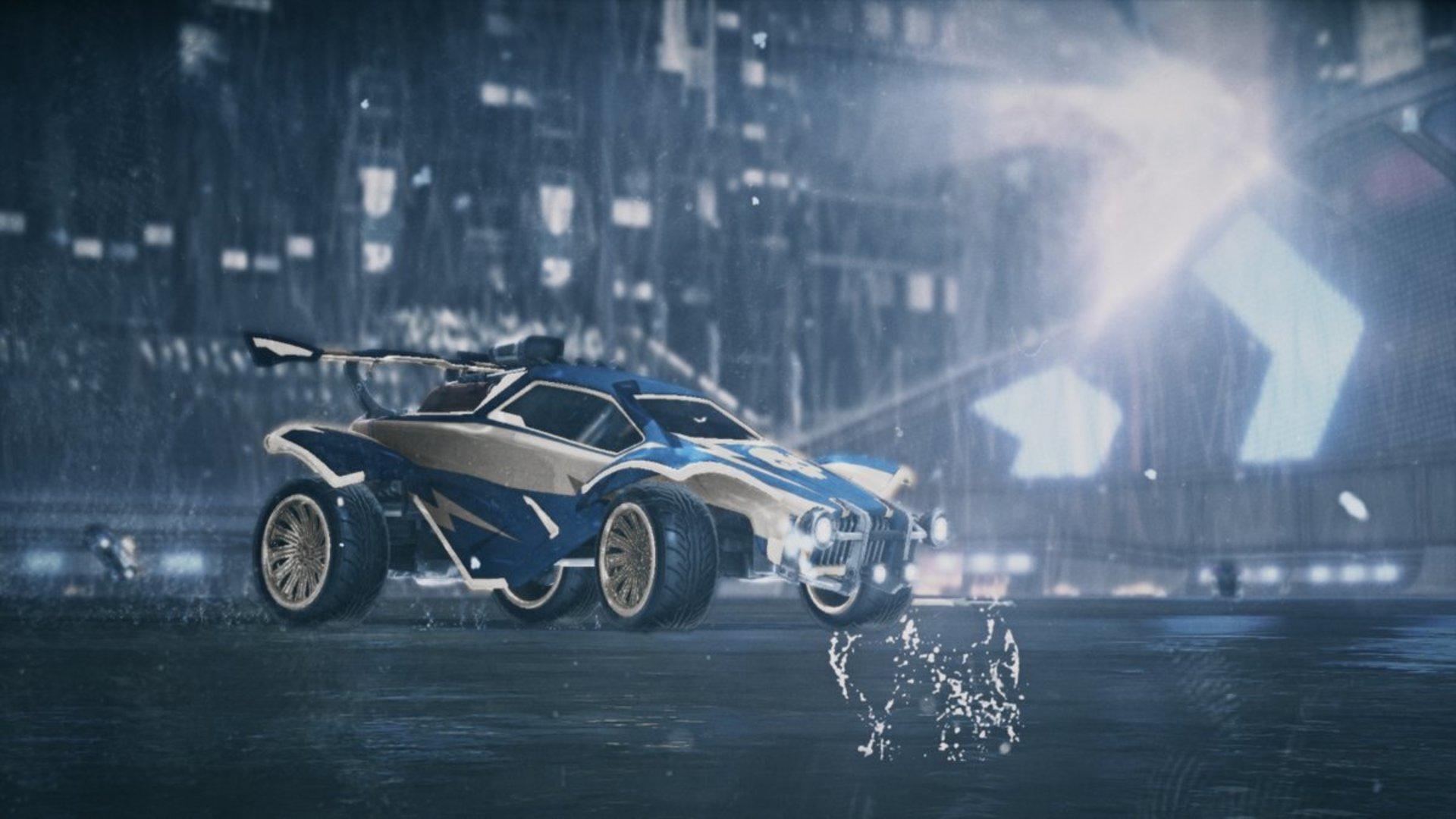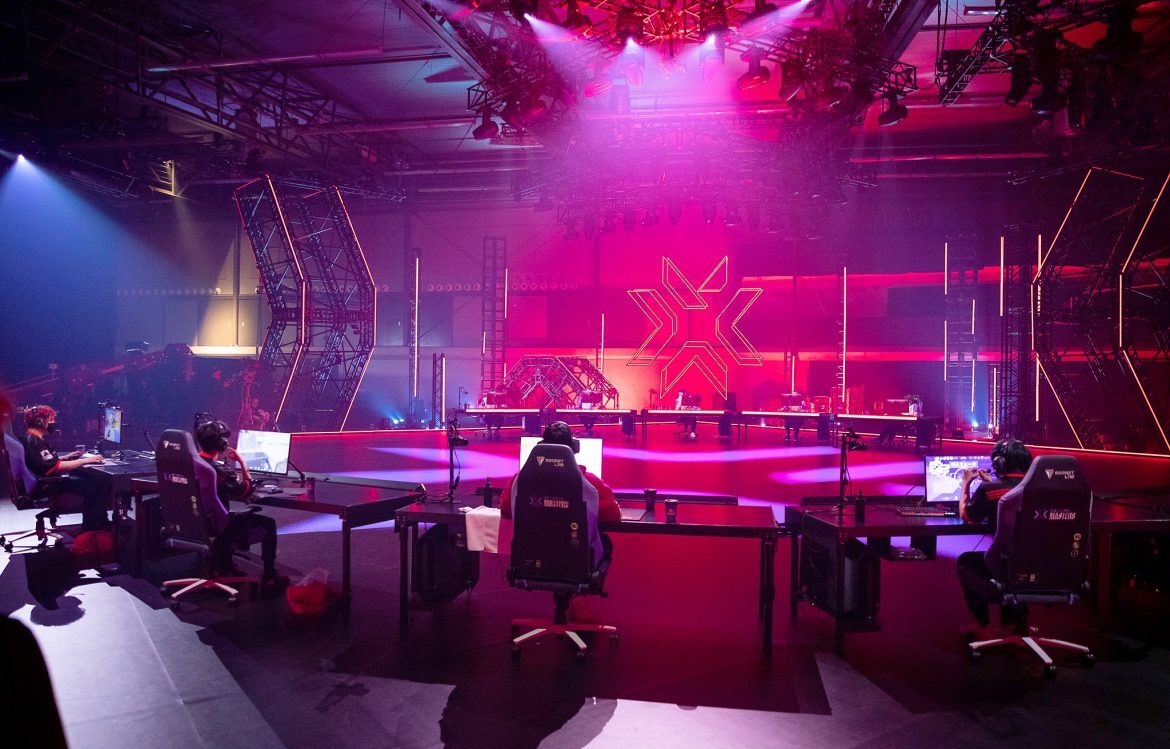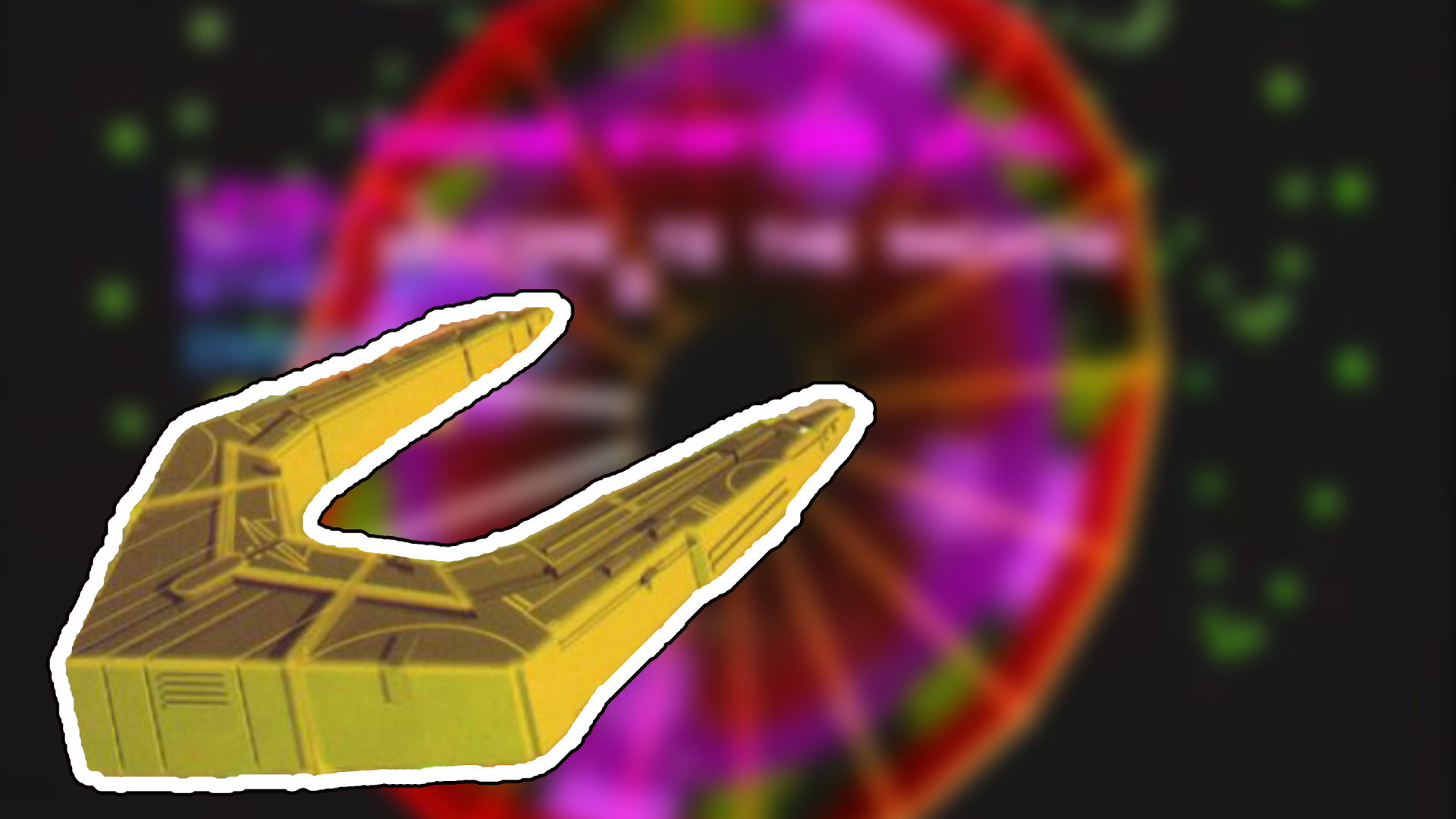A perfect storm of retro appeal and outdated technology.
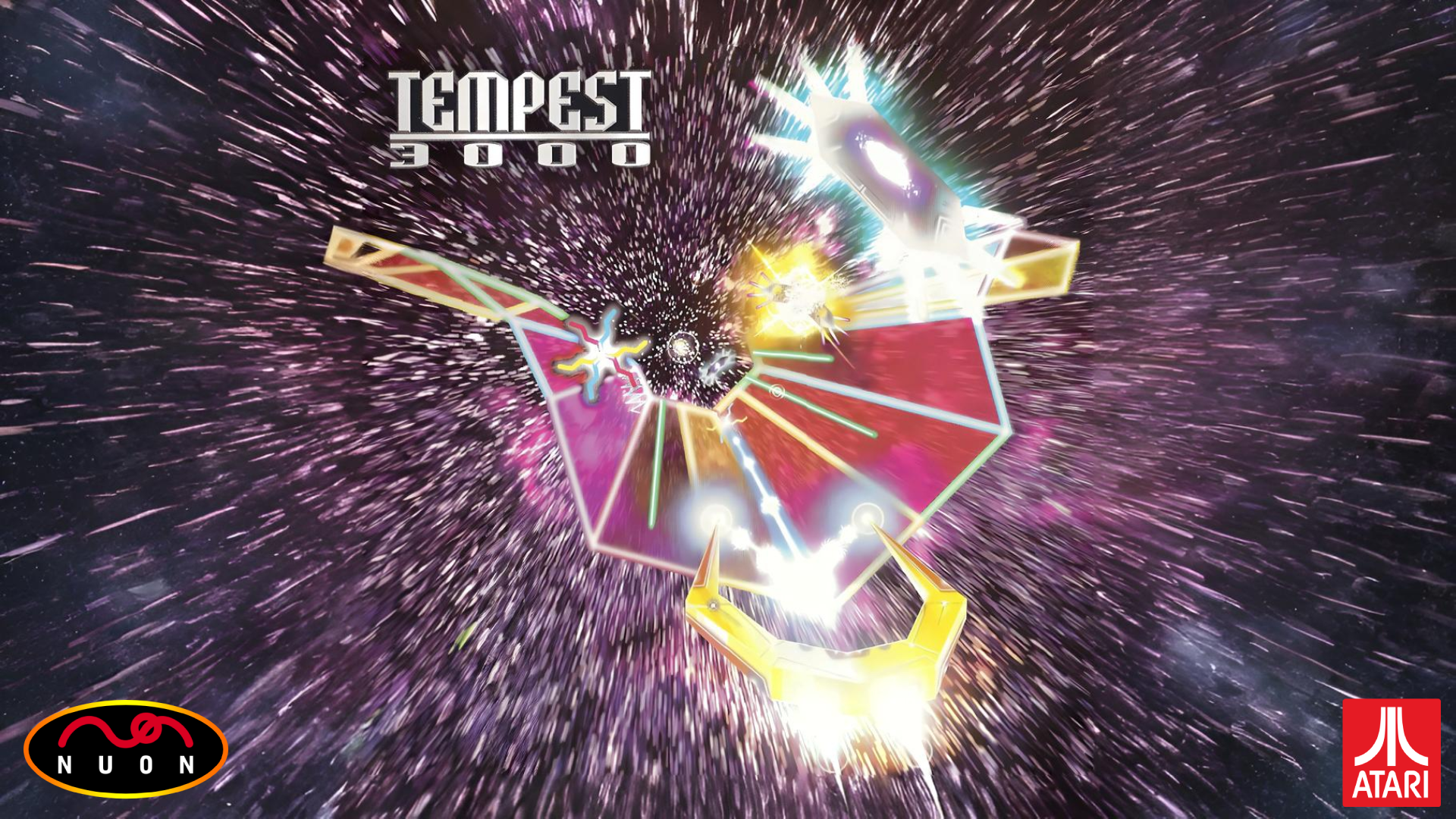
When it was first published by Atari in 1981, the Arcade game Tempest quickly turned into one of the most influential video games of all time, being one of the first 3D shooters. Its iconic wireframe graphics and techno style provided a base for countless rereleases in compilations or retro console lineups, ports, knock-offs and sequels.
But when looking at the line of officially Atari-licensed follow-ups to the title – all neatly numbered in steps of 1000 – you can tell that there's one entry on a platform so obscure that it seemingly can't be rereleased.
Millenium Milestones
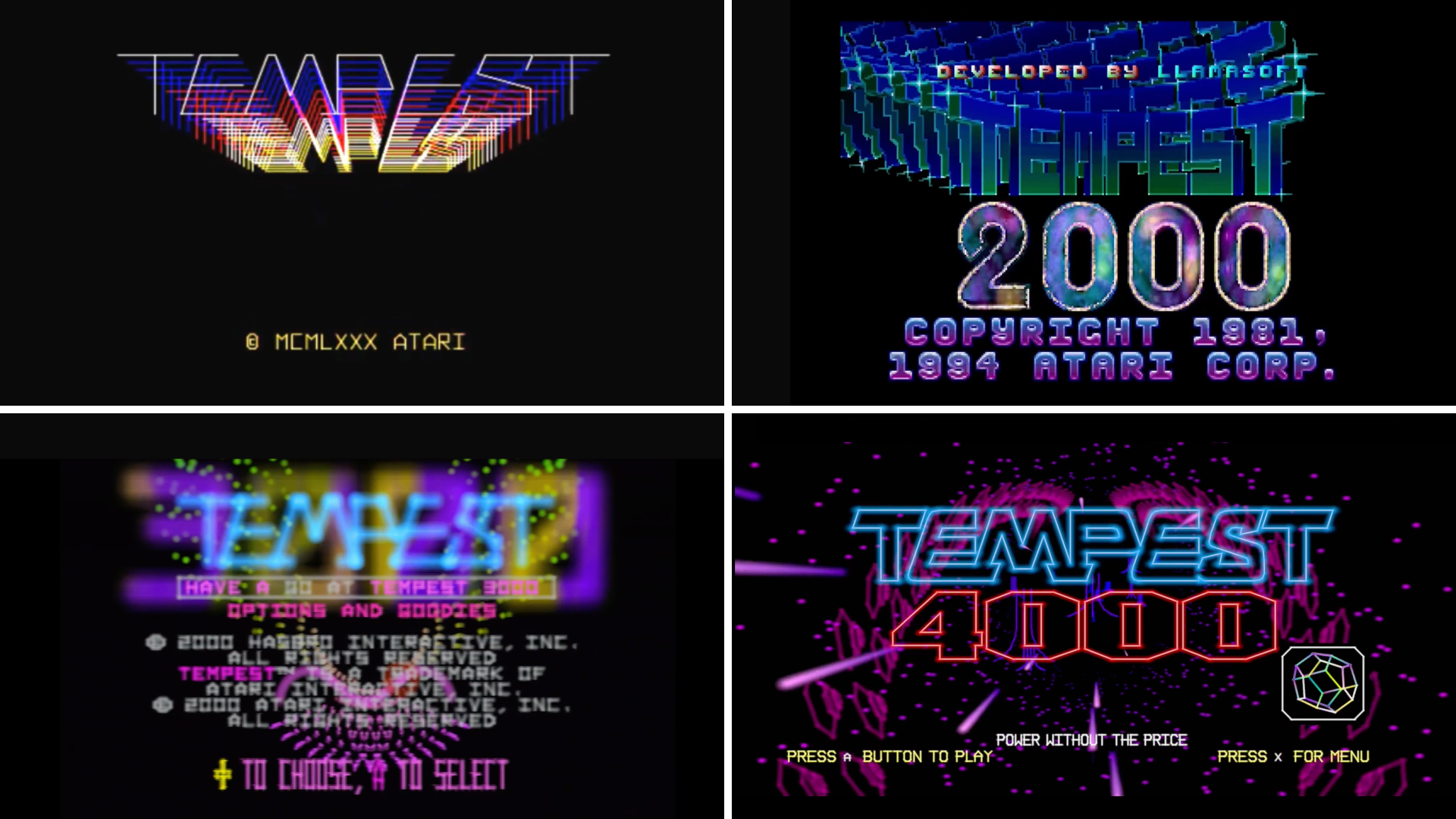
Initially set out as a first-person remake of Space Invaders (1978), Dave Theurer's Tempest would end up becoming one of the first video games with real depth – literally: Players had to rotate their ship around a 3D wireframe tube, shooting enemies crawling toward them. Its unique vector graphics and fast, addictive gameplay made it an instant hit in the arcades.
The game would be rereleased countless times via ports and collections (most recently as a part of 2022's Atari 50: The Anniversary Celebration); same goes for its psychedelic 1994 reimagining Tempest 2000 for the Atari Jaguar (also included in that collection). 2018's Tempest 4000 is playable on all major current-generation devices.
Like 2000 and 4000, Tempest 3000 (released in the year 2000) was made by ex-Atari employee Jeff Minter, who wanted to continue evolving his take on the series. The game was licensed by Atari, published by Hasbro and commissioned by VM Labs, who wanted the game to showcase the potential of its nowadays long-forgotten Nuon technology.
Nuon Novelty
VM Labs' Nuon was a technology built into certain DVD players from 2000 to 2003 (although originally planned for release in 1998). These "Nuon players" allowed for enhanced playback features for the currently-dying DVD format, such as smooth zooming, variable-angle panning, and smoother fast-forward/rewind as well CD playback with the built-in VML-2 audio visualizer. Most importantly, however, these interactive capabilities could be used to play video games.
By connecting a controller, "Nuon-enhanced DVDs" (of which only four ever came out) or Non-exclusive video games (eight releases) could be enjoyed, the most notable of which is Tempest 3000, which used this hybrid technology to overlay its blurry gameplay on VLM-2-generated backgrounds, really underscoring the franchise's psychedelic/techno appeal.
Said gameplay consists of the typical Tempest fare: A tube shooter, where you have to survive as many levels as possible while shooting enemies for points, avoiding obstacles and collecting power-ups. Tempest 3000 expands on these concepts by introducing new elements in all three categories while allowing players to spend fuel to have their spacecraft hover around, generally upping the presentation and providing an expanded soundtrack.
Hardware Hurdles
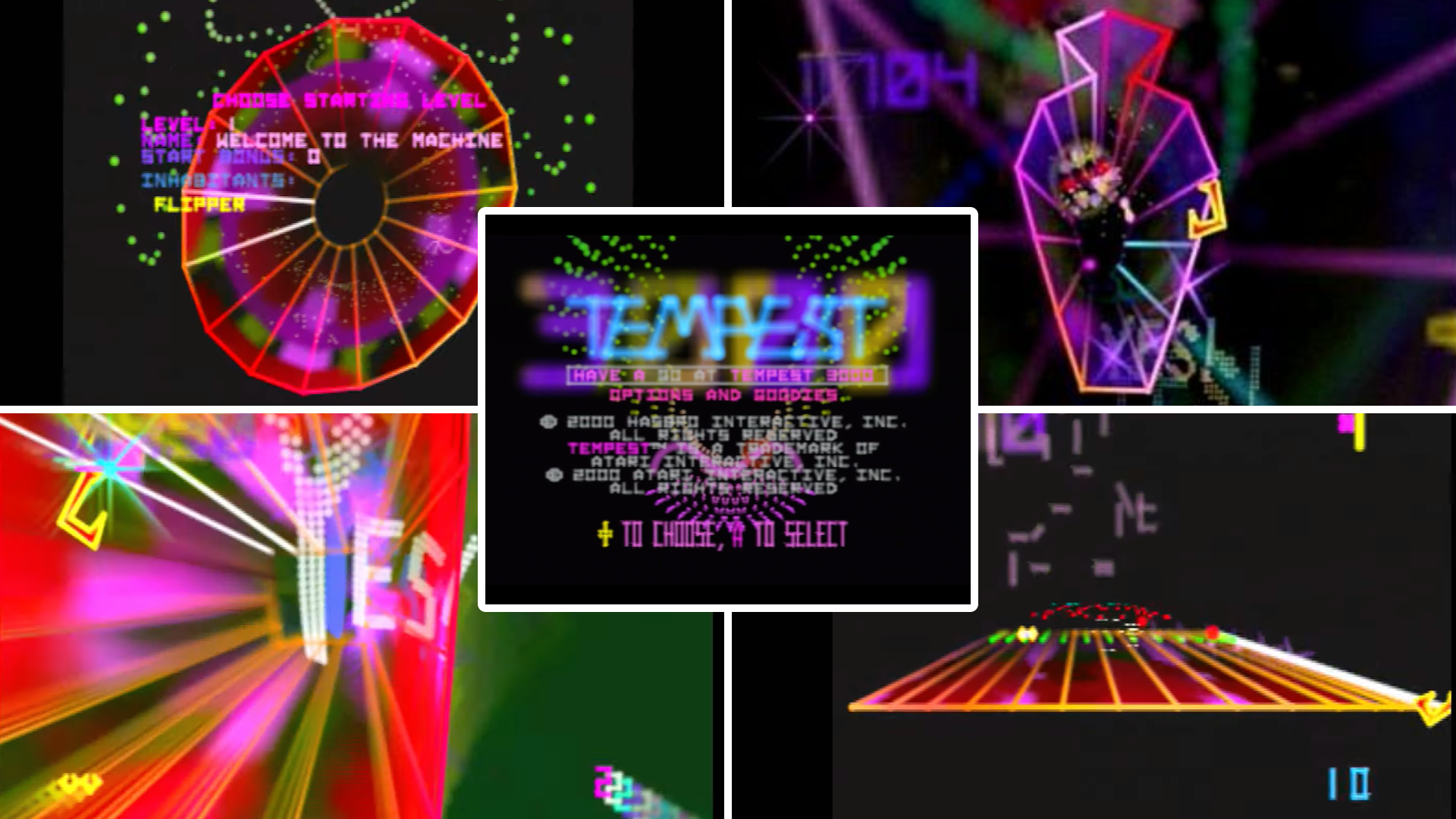
Tempest 3000 became a surprisingly well-liked title upon its North American- and European-exclusive release, earning much praise from reviewers for its frenetic action, addictive difficulty, unique visuals and pounding techno soundtrack.
However, it alone wasn't able to save Nuon. The devices were poorly-marketed, with barely anybody even knowing what Nuon was, the PlayStation 2 quickly stealing its fire (being a console that could play DVDs as well) and the hardware being extremely difficult to develop for. For example, Minter said that he was forced to limit the game program to less than 4 KB of RAM. The PS2, in contrast, offered developers around 32 MB of RAM.
As for Tempest 3000 itself, the game hasn’t been ported due to its reliance on assembly code. Potential re-releases in collections, even in potentially predestined ones like 2024's Llamasoft: The Jeff Minter Story, are also seemingly out of the question, with developer Digital Eclipse understandably claiming that Nuon was "a bridge too far" to emulate.
Platform Prison
Despite the rights' management being a potential nightmare for Tempest 3000 (considering its web of licensees, developers and publishers), this seems to be the case of a sequel that became neglected & forgotten simply due to how obscure its hardware was; at fate which has – for instance – also befallen certain Bandai Wonderswan titles and early mobile games.
This can be discerned by the fact that Atari and Songbird Productions actually partnered up in 2024 to offer a limited reprint of the original Nuon game in May 2024, as seen here. Nuon itself has developed a very small, but dedicated homebrew community.
There are obviously no mods trying to expand on Tempest 3000, considering its weird programming structure, but perhaps a fan game trying to replicate the title in a more modern engine – as is the case with the in-development Zelda's Adventure Remastered – could give it new life.
